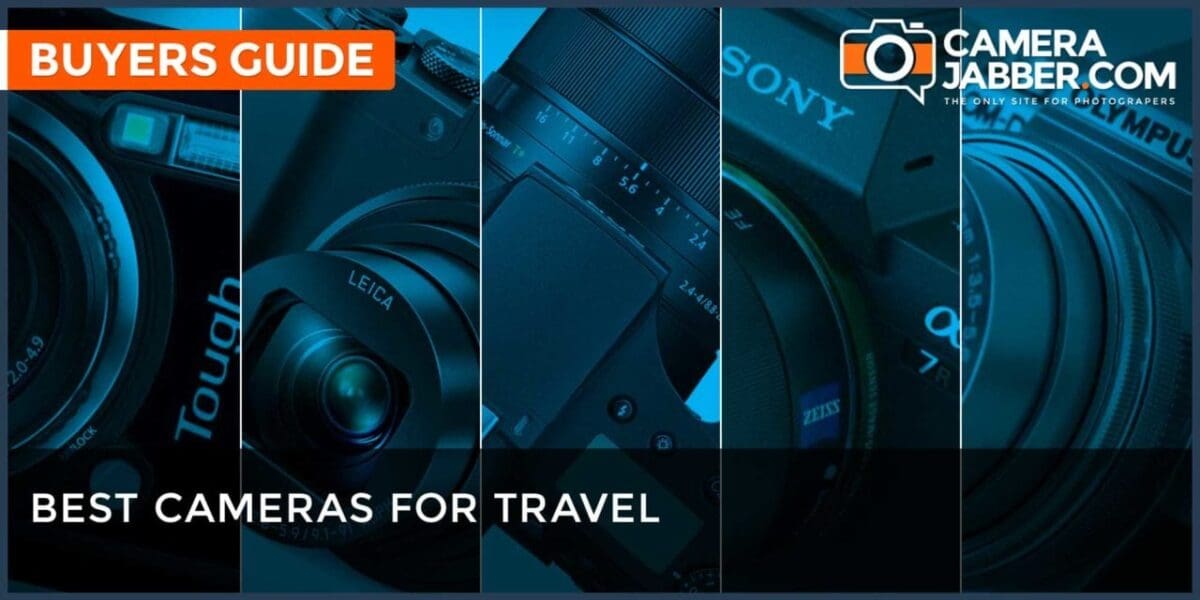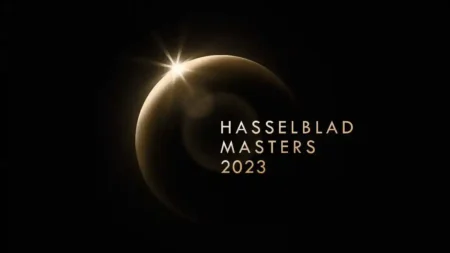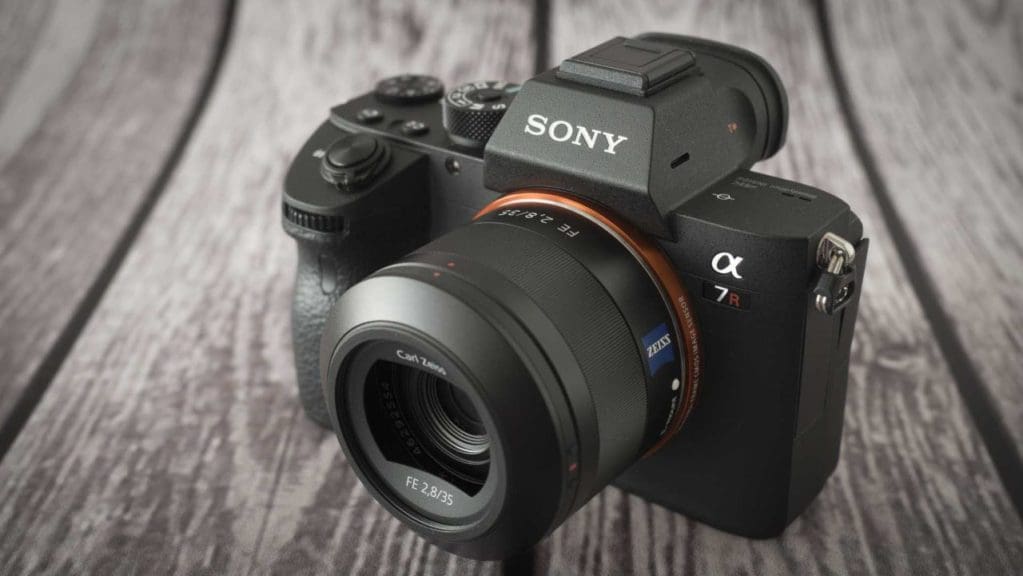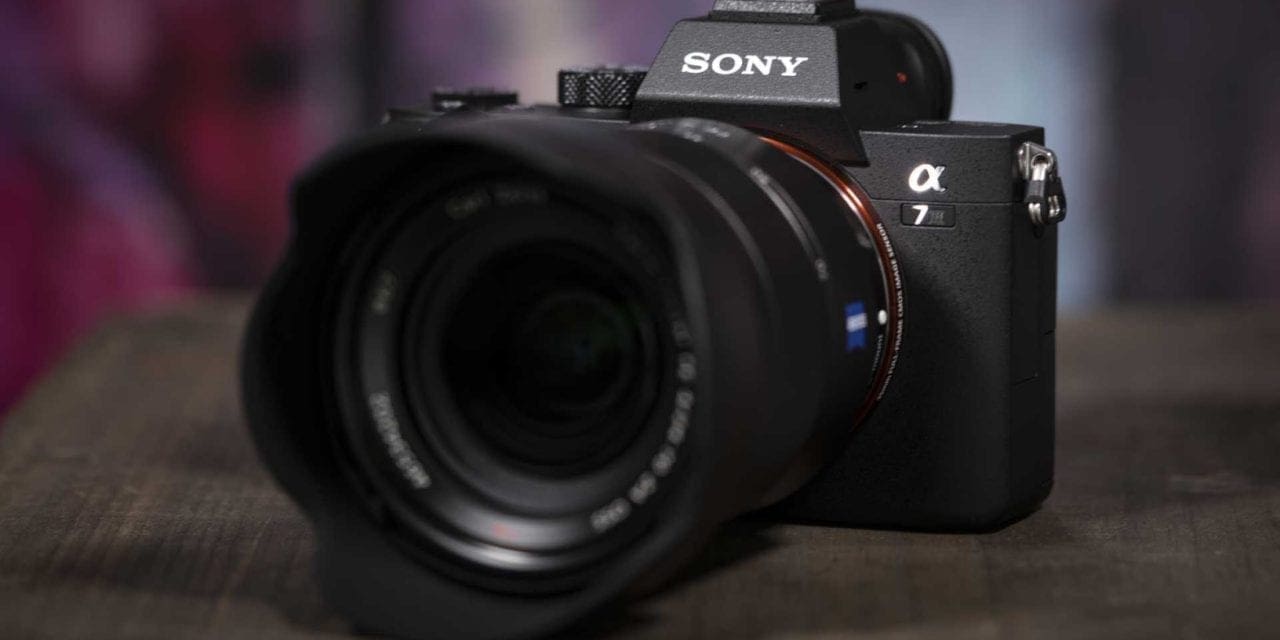What are the best travel cameras to take on vacation? It’s a common question that people ask before heading out on holiday. Smartphones are great for a lot of everyday photography, but when you’re off to an exotic location, or you’re making a once-in-a-lifetime journey, you may want a camera that’s a little more capable. A dedicated camera will usually deliver good images in a wider range of situations.
While DSLRs are often shunned for holidays, some are small and light enough to make them a feasible choice. Compact cameras have also raised their game with some packing impressive focal length ranges and extensive feature sets to make them worthy of consideration for a holiday camera.
Thanks to their smaller-than-DSLR size and high image quality, some mirrorless models also make an excellent choice of travel camera.
And let’s not forget the bridge cameras. Their extensive zoom ranges have made them a popular choice of travel camera over the years.
Naturally, this makes it difficult to select a camera for holidays or travel. So in this article, we pick out our favourite cameras across the main categories and explain why they fit the bill for the travelling photographer.
The best travel cameras you can buy today

Olympus Tough TG-6
A camera that can survive everything you throw at it – sand, seawater and probably the occasion ice-cream
Sensor: 12Mp 1/2.33-inch CMOS sensor
Viewfinder: None
Screen: 3.2-inch 460,000-dot LCD
Dimensions: 113mm x 66mm x 31.9mm
Weight: 250g (body only, with battery and memory card)
Beach holidays are normally bad news for cameras but they hold no fear for the Olympus Tough TG-5. In fact, it can survive being used in water to a depth of 15m and if you drop it on the beach, you can just rinse the sand off and carry on shooting. If skiing is more your thing, the TG-5 can withstand temperatures down to -10°C or being dropped from 2.1m (can you?)
Its tough body means the TG-5 is able to be taken just about anywhere and thanks to its GPS chip, manometer and thermometer you’re able to record vital data like the location, altitude, depth and temperature while a compass shows the direction of travel.
The Olympus Tough TG-6 is a compact camera with a 12Mp 1/2.33-inch sensor. What makes it special is that it’s built to survive being dropped from 2.1m, crushed by 100kg, frozen down to -10°C and being taken 15m below water without a housing. That waterproofing also means it’s dust-proof so you can use it on the beach and not worry if you drop it.
Olympus has paired the Tough TG-6’s sensor with the TruePic VIII processing engine. That’s the same engine as is in the Olympus OM-D E-M1 II (and the TG-5). In the Tough TG-6 it enables a sensitivity range of ISO 100-12,800.
Like the TG-5 it replaces, the TG-6 has a lens with a focal length range that’s equivalent to 25-100mm. At the wide-angle end of the lens, the maximum aperture is f/2.0 and at the telephoto end, it’s f/4.9. That’s a useful range for general photography and the large aperture means the shutter speed can be kept up even in low light or underwater.
Overall, the TG-6 is one of the most complete options on this list of best travel cameras.
Best for
When you need a camera that can be taken anywhere (including ski slopes and seawater) and survive a bit of abuse.
Panasonic Lumix TZ200
With a long zoom and a relatively large sensor, the TZ200 manages to deliver quality without sacrificing portability.
Sensor: 20.1MP 1inch-type CMOS
Lens: 26-390mm(equivalent) f/3.3-6.4
Viewfinder: Electronic
Screen: 3in, 1,240,000-million dot touchscreen
Dimension: 111.2 x 66.4 x 45.2mm
Weight: Approx. 340g (with battery and card)
One of the limitations of superzoom compact cameras has been that, in order to offer such an extensive zoom range, their sensors have been small, which in turn affects image quality. The TZ200, however, really does give you the best of both worlds, blending a 1inch-type sensor with a 26-390mm(equivalent) zoom lens, all inside a pocketable body.
This combination makes it ideal for travelling photographers who don’t want a bulky camera, although its benefits don’t stop there. With 4K video, you can record all your adventures in excellent detail, while the high-resolution touchscreen on the rear allows you to quickly focus on the subjects of your choosing.
And, when the sun comes out, you can switch to using the integrated electronic viewfinder for a clearer view.
It’s no surprise to find the TZ200 is pricier than many other compacts – but you’re getting what you pay for.
Best for
Those wanting a pocket-friendly camera with a long zoom and fine image quality.

Sony Cyber-shot RX100 VI
Sony’s popular RX100 compact camera range now has a model that’s specifically designed with travel in mind.
Sensor: 20.1MP 1-inch type CMOS
Lens: 24-200mm (equivalent) f/2.8-4.5
Viewfinder: Electronic 0.39-inch type with 2,359,296 dots
Screen: 3in tilting, 921,600-dot screen
Dimension: 101.6 x 58.1 x 42.8mm
Weight: 301g (including battery and card)
Sony’s RX100-series of compact cameras have proved very popular. The latest incarnation, the RX100 VI, has the 20.1Mp 1-inch type sensor and clever pop-up electronic viewfinder that has proved a draw with other models. However, it adds a Zeiss Vario-Sonnar T* lens with a focal length range equivalent to 24-200mm. That makes it an attractive option for travel as you often need a lens that’s suitable for a range of shooting situations.
The RX100 VI also benefits from Sony’s superb autofocus system, a tilting touch-screen and 4K video capability. Its price, however, takes some swallowing.
Best for
Shooting moving subjects with a camera that can slip in your pocket.

Sony Cyber-shot RX10 IV
The best bridge camera around? The fourth-generation RX10 model has an impressive optic and large sensor at its heart
Sensor: 20.1MP 1in type CMOS
Lens: 24-600mm (equivalent) f/2.4-4
Viewfinder: Electronic 0.39-inch type with 2,359,296 dots
Screen: 3in tilting, 1,440,000-dot screen
Dimension: 132.5 x 94.0 x 127.4mm
Weight: 1095g (including battery and card)
The Cyber-shot RX10 IV is a top-end superzoom compact camera with an impressive specification sheet.
You get 4K video with an array of pro-oriented recording features, as well as 24fps burst shooting with full autofocus and exposure metering. The 315-point phase detection autofocus system is also superb, enabling you to track moving subjects with ease.
There’s also a tilting LCD screen and a 2.36-million-dot electronic viewfinder.
This is all centred around the very capable partnership of a 1inch-type sensor and an all-encompassing 24-600mm(equivalent) f/2.4-4 lens. In addition, 1000fps video recording for slow-motion footage, Wi-Fi and a very effective image stabilisation system widen the camera’s appeal.
It’s not cheap, but if you’re looking for an all-rounder with a versatile fixed zoom lens, the RX10 IV is about as good as it gets. If you like what you see but you don’t want to spend quite so much money, check out the RX10 III.
Best for
Video shooters and those that require maximum flexibility
SEE MORE: Best cameras for beginners in 2016
Sony A7R III
A full-frame camera that ensures plenty of detail and, when paired with the right lens, doesn’t take up too much room
Sensor: 42.4MP full-frame sensor
Lens: 35mm f/2.8
Viewfinder: Electronic: 0.5-inch type OLED with 3,686,400 dots
Screen: Tilting 3-inch TFT LCD touchscreen with 1.4K dots
Dimensions: 126.9mm x 95.6mm x 73.7mm
Weight: Approx. 657g (body only, with battery and memory card)
Thanks to its mirrorless design and Sony’s camera-shrinking prowess, the Sony Alpha 7R III, like other Sony A7-series cameras, is much smaller than the average full-frame DSLR. And while a large sensor often still calls for large lenses, some like Sony’s 35mm f/2.8 that are perfectly suited to travel.
Of course, you may wish to mount one of Sony’s zoom lenses, but the 35mm optic is a great choice for street, landscape and documentary style photography.
And while the A7R III might be a high-resolution camera, it has a fast and accurate autofocus system which means you’ll be able to capture the action of your travels. This is paired with 4K video recording, complete with the S-Log profile to capture a wide range of tones.
A key advantage of the full-frame sensor becomes apparent when shooting travel portraits as it enables the background to be attractively blurred. Meanwhile, the Eye AF system makes sure that the most critical part of your subject is sharp.
Naturally, there’s Wi-Fi connectivity built-in should you wish to share images via your mobile phone.
Best for Experienced photographers looking for a high-end full-frame camera that can be kept small or scaled-up by the right lens.
Alternative options for best travel camera
Sony A7 III
Sony’s all-rounder is the rare jack-of-all trades and set a new benchmark for the industry in terms of value and capability
Sensor: 24-megapixel BSI full-frame sensor
Viewfinder: Electronic, 100% coverage
Screen: 921,600-dot touchscreen
Dimensions: 127 x 96 x 74 mm
Weight: 650g
If you like the look of the Sony A7R III, but not it’s price, take a look at the Sony A7 III. It’s got a lot in common with the A7R III, but the full-frame sensor has 24million pixels and a significantly lower price. It’s a great choice.
Its fast and silent shooting credentials, clever autofocusing and 4K video capability make it a great choice. It also produces high-quality results and Sony has a growing range of high-quality optics, adding to its appeal.
Bearing in mind its attractive price for a full-frame camera, it’s hard to justify not buying the A7 III!
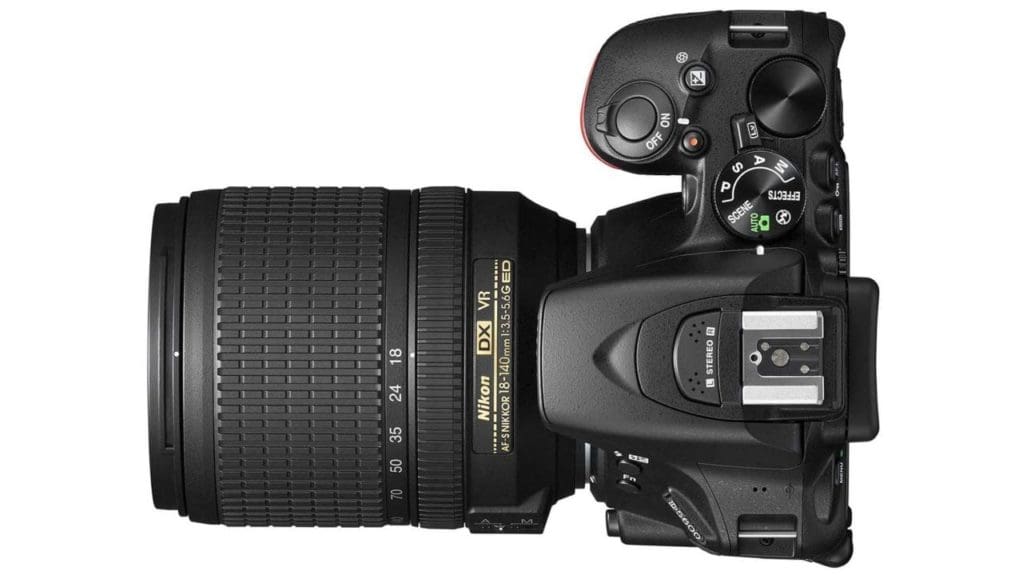
Nikon D5600 18-140mm f/3.5-5.6 kit
Nikon’s advanced entry-level model provides excellent image quality at an affordable price
Sensor: 24.7MP APS-C (DX) format CMOS
Lens: 18-140mm f/3.5-5.6
Viewfinder: Optical
Screen: Articulating, 3.2-inch, 1,037,000-dot screen
Dimension: Approx. 124 x 97 x 70 mm
Weight: 465g (with battery and memory card)
As it’s an SLR, the D5600 has an optical viewfinder, which many people prefer to an electronic unit because of the natural view through the lens. This is accompanied by a 3.2-inc touchscreen mounted on a vari-angle hinge to give a clear view when you’re shooting from creative angles.
The main difference between the D5600 and the D5500 is that the newer camera has Nikon’s SnapBridge technology. While this has had a few teething problems, it’s a great feature for travelling photographers because (after initial pairing) you can share images to your smartphone automatically. There’s no more faffing about making a connection each time, the images are just there on your phone ready to share.
Other highlights include a 24.2MP sensor that lacks an anti-aliasing filter for maximum detail retention, a 39-point AF system and 5fps burst shooting. You also get Full HD (1920 x 1080) video recording at up to 60p, with stereo sound recorded alongside.
Nikon’s 18-140mm lens makes a great pairing, producing a travel-friendly effective focal range of 27-210mm, with an effective Vibration Reduction system on hand to keep things sharp.
If you find compact cameras too small and want something more substantial, or if you want to use alternative lenses, the D5600 kit is a fine choice.
Best for
Larger-handed users who may wish to use additional lenses
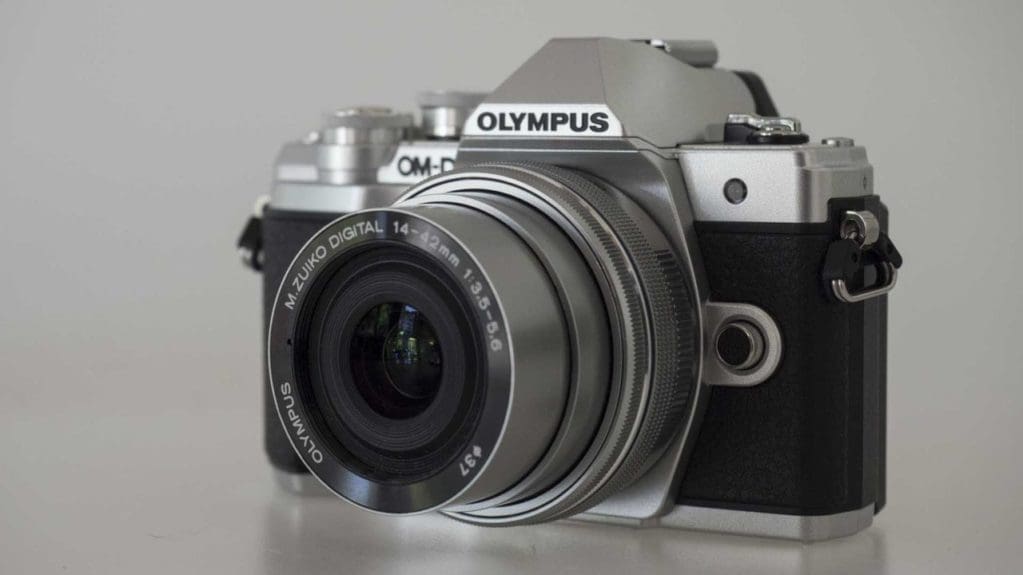
Olympus OM-D E-M10 III 14-42mm and 40-150mm kit
The E-M10 III proves you can have a stylish travel companion that still ticks the right boxes for performance
Sensor: 16.1MP Micro Four Thirds sensor
Lens: 14-42mm f/3.5-5.6 and 40-150mm f/4-5.6
Viewfinder: Electronic
Screen: Tilting, 3in, 1,040,000-dot screen
Dimension:121.5 x 83.6 x 49.5mm
Weight: Approx. 362g (body only)
Olympus has built the OM-D E-M10 III with travellers in mind and there are features to suit both experienced and novice photographers
On the rear, the tilting screen makes it easier to shoot over crowds or down low for more creative compositions. Meanwhile, the high-resolution electronic viewfinder provides an alternative to this when the sun comes out and affects its visibility.
Built-in Wi-Fi connectivity also lets you show your friends back home what they’re missing. The electronic shutter allows you to use shutter speeds of up to 1/16,000sec – useful if using fast-aperture prime lenses in brighter conditions.
The camera’s size and light weight also make it an obvious choice for those travelling. You should be able to fit it into your carry on luggage without issue. But what really swings it for the Micro Four Thirds system is the choice of compact optics alongside.
Although the partnership of the OM-D E-M10 III with the 14-42mm f/3.5-5.6 and 40-150mm f/4-5.6 lenses provides a very useful 28-300mm focal range, you could realistically also pack a fast prime lens and a pancake option too without it weighing you down.
Best for
Those after a handsome camera, who want to use a range of lenses without being weighed down
